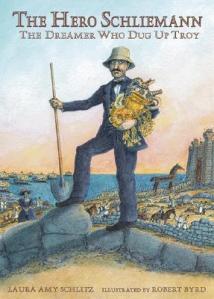With of the contraction in the book publishing world, it’s refreshing to “find” a persevering publisher with a number of very nice titles.
Kids Can Press is a Canadian publishing firm, founded in 1973 and headquartered in Toronto.
They have two series of children’s historical books that I find delightful.
Over the past six or seven years, they have produced six titles in a series titled the “Good Times Travel Agency.” I’m going to limit my review to the five that cover documented historical periods. They have a title, Adventures in the Ice Age that, chronologically speaking would come first – but it’s entirely a work of speculative imagination since there are no written records from anyone who lived during the Ice Age (or the Stone Age for that matter). My advice: if you’re teaching kids history, stick to history. Pre-history is, by definition, NOT history. It may be imaginative, but it’s not history.
So here are the five titles in the series:
Each of these is an 8.5″ x 11″ 48 page four-color romp through a particular time-period as we follow the adventures of the three Binkertons, Josh, Emma, and Libby. They KEEP returning to the Good Times Travel Agency, where one guide book after another magically transports them to a historical time and place. The guide book must be read to the end (every word) before the children can return – which is a clever way to get young readers to read the text that goes along with the adventures depicted in the humorous illustrations. In Egypt, Josh gets drafted into the corvee of workers who are helping to build Pharaohs pyramid. In the Middle Ages, he is first mistaken for a fool, taken to the castle, assigned to the kitchen (when he doesn’t prove very funny) and finally transferred to the stables. Each of the five books manages to provide an interesting story, the illustrations have lots of detail that conveys interesting tidbits, and the historical information presented is factual, reliable and non-politically correct.
Here are some sample spreads:
I’m REALLY hoping that Bailey and Slavin will add an Adventures in Ancient Rome to this series, but these five already are a great resource for families studying topics in world history in grades 4 to 6.
Greece, China, and the Middle Ages are $8.95. Ancient Egypt and the Vikings are $9.95. All can be ordered directly from Greenleaf Press by clicking on any of the links or book covers in this message.
The second series from Kids Can Press is their Kids Can Read series. In level 3 of that series, KCP has released eight short biographies for beginning readers. Many of these names will be familiar to most parents but for several KCP offers the ONLY biography in print for young readers. I think that KCP is the ONLY publisher currently offering children’s biographies of Samuel de Champlain (the French explorer who founded Quebec in 1608) and Lucy Maud Montgomery (the author of Anne of Green Gables). Each of these is 6″ x 9″, 32 pages, and four-color on all pages.
I really like both of the illustrators’ styles on these (John Mantha and Andrej C), and the story telling (by Elizabeth MacLeod) is very well done. These are perfect as first chapter books or practice chapter books for students in second and third grade.
Each of these is $3.95, and can be purchased directly from Greenleaf Press by clicking on the links or book cover images in this message.
– Rob Shearer, Publisher

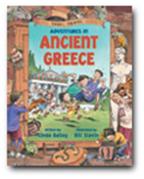
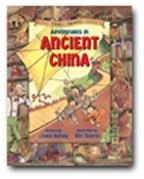

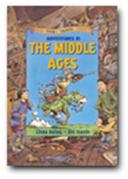
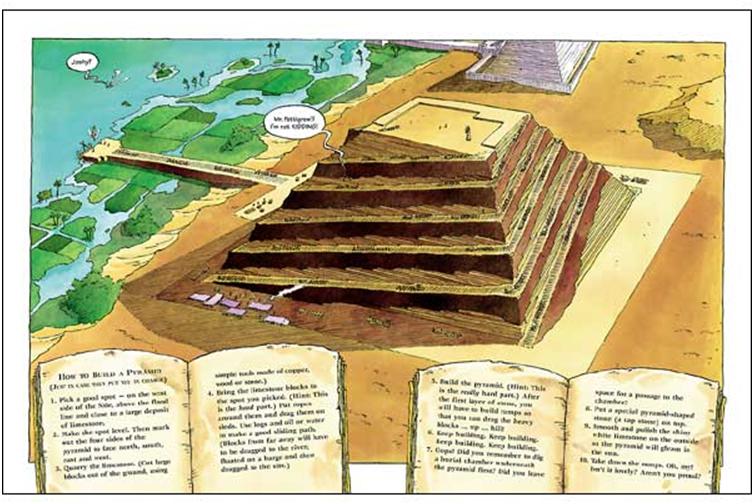
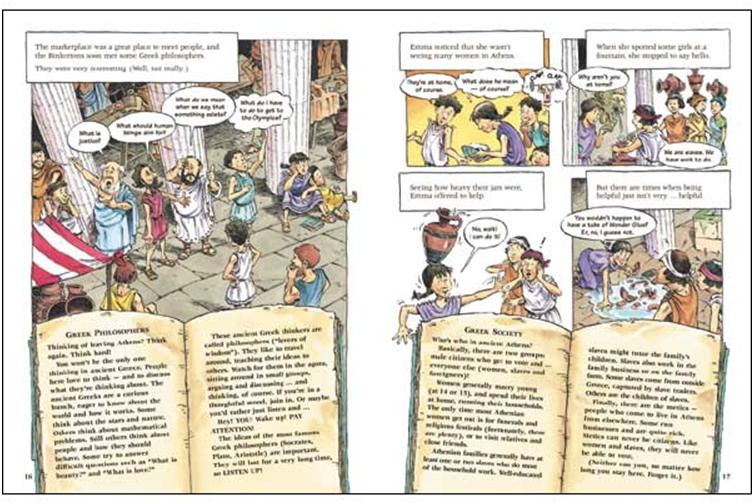



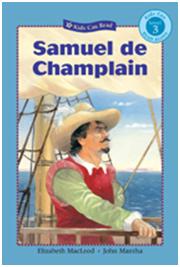

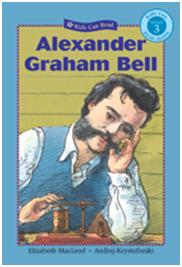
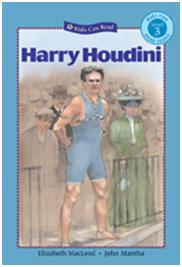




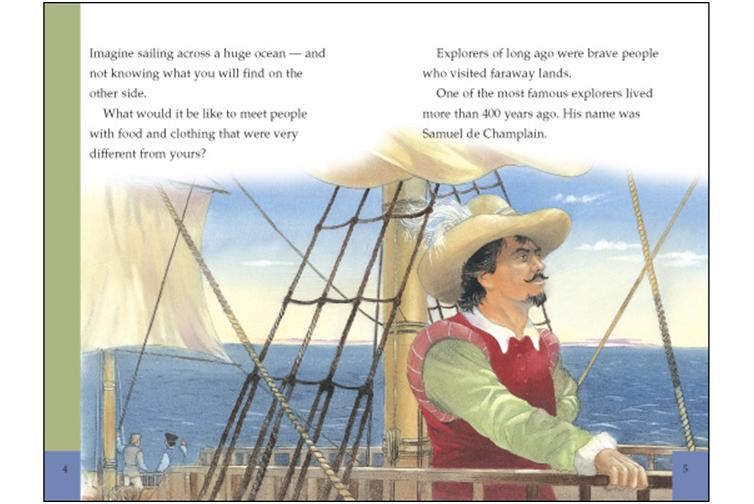

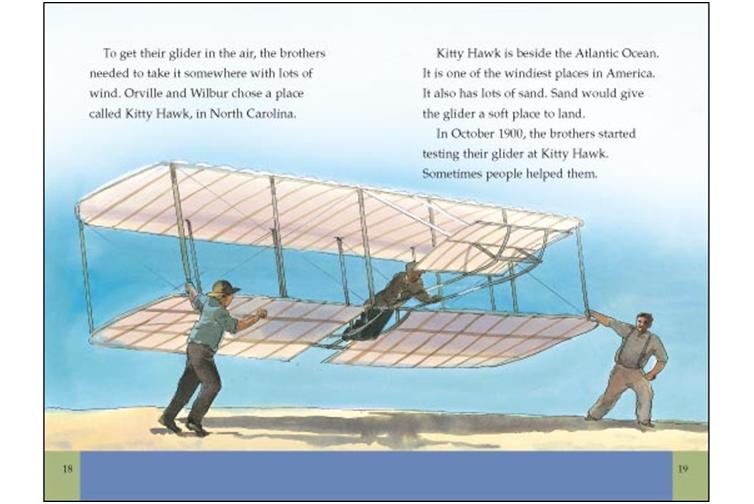


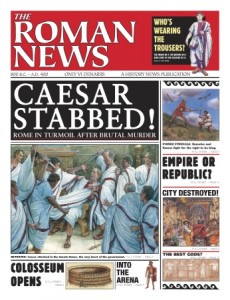

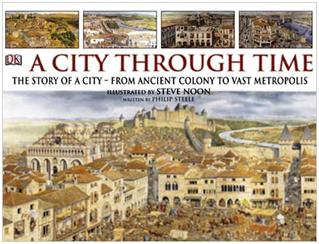 The second DK book is constructed on the same pattern as
The second DK book is constructed on the same pattern as 